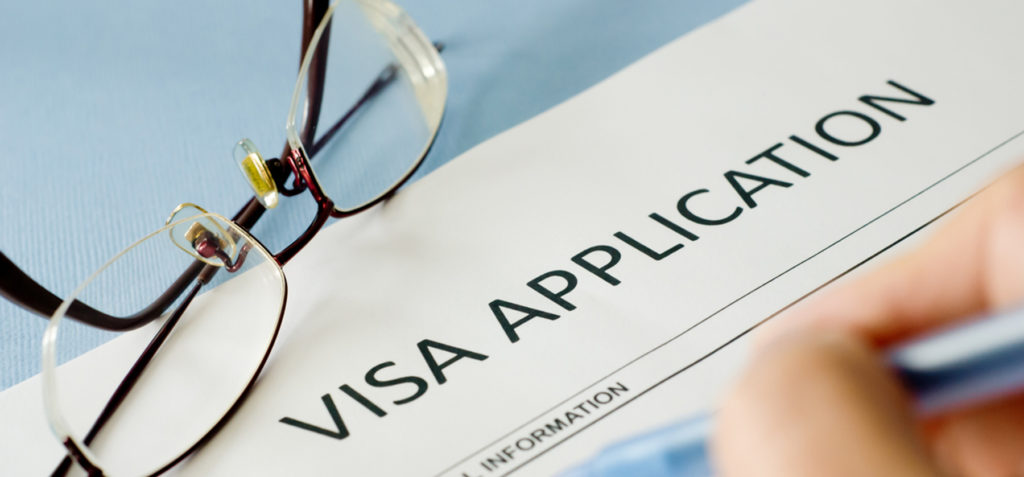
Are you aspiring to pursue your academic dreams in the United States? Perhaps you’ve secured admission to a U.S. school but find the F-1 student visa process a bit overwhelming? Fear not! In this comprehensive guide, we’ll walk you through the intricacies of the student visa F-1, covering everything from requirements to the application process. Let’s dive in!
Understanding the F-1 Student Visa – Unraveling the Basics

The F-1 student visa is your gateway to academic excellence in the United States. So, whether you’re enrolling in a university, community college, high school, or language training program, this visa is a prerequisite. However, it comes with specific requirements to ensure a smooth application process:
Residency: To be eligible for the student visa F-1, you need to establish non-immigrant status. Therefore, this means having an official residency in your home country, emphasizing the temporary nature of your stay.
Admission to SEVP School: Being accepted into a Student and Exchange Visitor Program (SEVP) school is the initial step. Home schools, preschools, and online institutions are ineligible. Hence, ensure you choose an approved SEVP school.
Financial Support: Unlike other visas, the student visa F-1 demands proof of sufficient financial support. This can include scholarship notifications, bank statements, or previous year’s tax returns, demonstrating your ability to cover living and school expenses during your stay.
Home Country Ties: Establishing strong ties to your home country is a critical qualification. So, showcase familial responsibilities, job offers, property ownership, or a family business to assure the interviewer of your intent to return post your academic program.
Step-by-Step Guide: Applying for the F-1 Student Visa

Ready to dive into the application process? Follow these steps for a seamless journey:
- Apply to SEVP School
Start by applying and gaining admission to a SEVP school. Moreover, you can check the Department of Homeland Security’s website for a comprehensive list of SEVP schools.
- Pay the SEVIS Fee
After acceptance, pay the SEVIS I-901 fee, currently between $200 to $350. You’ll then receive Form I-20 from your chosen SEVP school. This is an important document for your F-1 student visa application.
- Visa F 1 Student Interview
Next, schedule and attend your F-1 visa interview at the U.S. Embassy or Consulate. Complete Form DS-160, pay the application fee, and schedule your interview. Also, be prepared to answer questions regarding your intent and financial capacity.
- Visa F 1 Student Interview Documentation
Further, gather essential documents, including a valid passport, Form DS-160, application fee receipt, passport photo, and Form I-20. In addition, other documents like academic transcripts and financial records may be required.
- Visa F 1 Student Interview Questions
Finally, prepare for questions like why you chose a specific academic program, your plans post-graduation, and details about your financial support. Remember, honesty and clarity are key during the interview.
Tips for a Successful F-1 Visa Interview
As you gear up for your F-1 student visa interview, consider these tips for a successful outcome:
- Articulate your reasons for choosing a specific program.
- Clearly outline your post-program plans, emphasizing your intent to return home.
- Be transparent about your financial situation and how you plan to fund your education in the U.S.
- Demonstrate enthusiasm for cultural exchange and learning experiences.
- Familiarize yourself with the U.S. embassy or consulate’s specific requirements and procedures.
Conclusion
Navigating the F-1 student visa process requires careful attention to detail and thorough preparation. Hence, from meeting residency and admission requirements to showcasing financial support and strong ties to your home country, every step plays a vital role.
Remember, the F-1 visa interview is a mere formality to verify your intent and financial readiness. So, stay confident, answer truthfully, and soon you’ll find yourself ready to explore the enriching academic landscape in the United States. Good luck and safe travels on your academic adventure!




